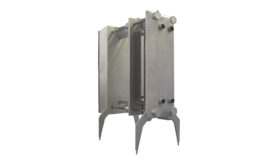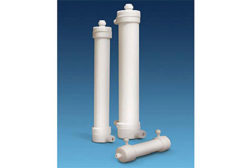Home » heat exchangers
Articles Tagged with ''heat exchangers''
Choose heat exchangers wisely
When selecting and installing heat exchangers, dairy processors need to consider many variables
October 18, 2018
Selecting the best heat exchanger for dairy pasteurization
HRS Heat Exchangers reviews all aspects that go into choosing the right heat exchanger.
March 9, 2018
Maximize efficiency and food safety in a dairy plant
Equipment producers explain how to optimize heat exchanger and homogenizer performance.
October 11, 2017
Stay ahead of the curve. Unlock a dose of cutting-edge insights.
Receive our premium content directly to your inbox.
SIGN-UP TODAYCopyright ©2025. All Rights Reserved BNP Media.
Design, CMS, Hosting & Web Development :: ePublishing









